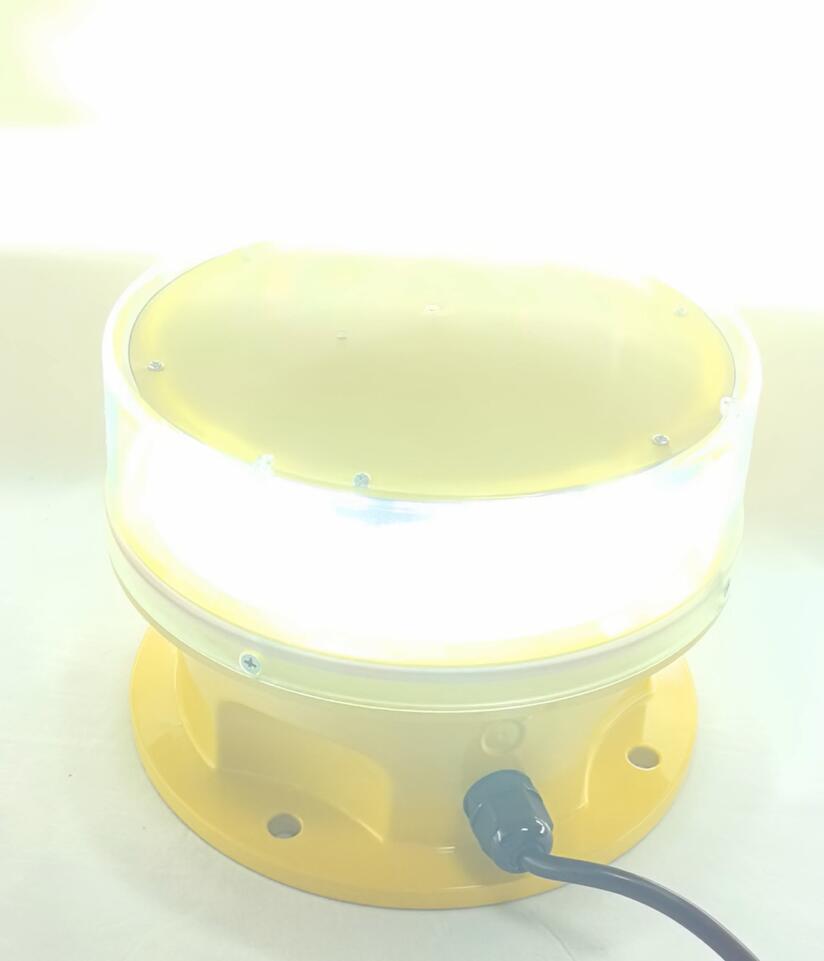Cell Tower Obstruction Light: Ensuring Aerial Safety in the Wireless Age
In today’s hyper-connected world, cell towers have become essential infrastructure, enabling seamless communication across cities, suburbs, and rural landscapes. However, their increasing height and presence across varied terrains also introduce safety risks to low-flying aircraft. The solution? The cell tower obstruction light — a crucial safety component designed to enhance visibility and prevent aerial collisions.
What Is a Cell Tower Obstruction Light?
A cell tower obstruction light is a specialized lighting device mounted on telecommunications towers to alert pilots of potential obstacles in their flight path. These lights are regulated by aviation authorities such as the Federal Aviation Administration (FAA) and the International Civil Aviation Organization (ICAO), which mandate their use on tall structures that could pose a threat to aircraft.

Depending on the height, location, and surrounding environment, these lights can be red or white, steady or flashing, and are placed at specific intervals along the structure to ensure full visibility from every angle.
Why Cell Towers Need Obstruction Lighting
Cell towers frequently exceed 200 feet in height and are often located near flight paths, agricultural airspace, or even urban heliports. Without proper lighting, these towers can be difficult to detect at night or in poor visibility conditions, increasing the risk of collisions.
| cell tower obstruction light |
The cell tower obstruction light serves as a visual cue for pilots, especially during night operations or low-altitude flights. Its primary objectives include:
Preventing aircraft collisions
Complying with national and international safety regulations
Enhancing situational awareness for pilots
Maintaining safe airspace, particularly in densely developed regions
| cell tower obstruction lights |
Types of Cell Tower Obstruction Light Systems
Different types of lighting systems are used on cell towers depending on their height and location. The three main categories include:
1. Red Obstruction Lights (L-810, L-864)
Used at night
Emit steady or flashing red light
Preferred in urban areas due to lower visual impact
2. White Obstruction Lights (L-865, L-866)
Used during the day or continuously for 24-hour marking
Emit flashing white light
Suitable for remote or rural areas
3. Dual Lighting Systems
Combine red lights for nighttime with white strobes for daytime
Offer 24/7 marking
Common for very tall or strategically located towers
These systems ensure the tower is visible under all lighting conditions, reducing the risk of oversight by approaching aircraft.
Key Features of Modern Obstruction Lights
The modern cell tower obstruction light has evolved significantly with advancements in LED and solar technology. Key features now include:
High-intensity LEDs for long-distance visibility and low power consumption
Weather-resistant enclosures that withstand harsh environmental conditions
Photocells and light sensors to enable automatic day/night switching
Solar-powered options for remote towers with limited access to grid power
Integrated monitoring systems to alert operators of failures or maintenance needs
These features not only enhance reliability but also simplify compliance and operational oversight for tower owners.
Installation and Placement Guidelines
Proper placement is essential for effective obstruction marking. Aviation authorities provide detailed guidance on how and where lights should be installed on towers:
Top of the tower: To mark the highest point clearly
Intermediate levels: For towers above specific height thresholds (e.g., 350 feet or more)
At regular intervals: To ensure visibility throughout the tower’s height
Symmetrical arrangement: So the light is visible from all directions
Additionally, tower lights must be synchronized to flash at uniform rates and intensities to prevent pilot confusion.
Regulatory Standards and Compliance
In the United States, the FAA’s Advisory Circular 70/7460-1 outlines requirements for obstruction marking and lighting. The cell tower obstruction light must meet rigorous performance standards regarding brightness, color, flash rate, and installation.
Non-compliance can result in regulatory penalties and increased liability in the event of an aviation incident. Therefore, ensuring that the lighting system is certified and maintained properly is essential for both safety and legal accountability.
Challenges and Solutions in Obstruction Lighting
Operating and maintaining cell tower obstruction lights involves some challenges, particularly for remote or off-grid towers:
Power Supply Limitations: Resolved through solar-powered systems
Extreme Weather: Mitigated by rugged, sealed lighting enclosures
Monitoring Failures: Addressed with remote diagnostics and alert systems
Light Pollution: Minimized using directional LEDs and shielding techniques
These solutions have enabled more efficient and environmentally responsible lighting systems, reducing operational burdens while maintaining safety.
Integration with Tower Monitoring Systems
Many modern towers are equipped with tower management platforms that integrate the cell tower obstruction light into a centralized control system. This allows operators to:
Monitor light status in real-time
Receive alerts if a light goes offline
Schedule preventive maintenance
Generate compliance reports automatically
Such integration ensures rapid response to any issue, minimizing downtime and avoiding safety risks.
Environmental and Community Considerations
While the primary purpose of the cell tower obstruction light is aviation safety, it also has implications for nearby communities and wildlife. White strobes, for instance, may be more visible and disruptive at night compared to red beacons. Therefore, in populated or environmentally sensitive areas, red lights or adaptive lighting systems may be preferred to reduce disturbance.
Some systems now feature motion-activated lighting or radar-based aircraft detection, which keeps lights off until necessary—preserving dark skies without compromising safety.
Future Trends in Obstruction Lighting
The future of cell tower obstruction light technology is focused on smarter, more sustainable solutions. Key trends include:
AI-powered monitoring for predictive maintenance
Battery advancements for longer solar operation
Networked lighting systems that communicate across towers
Customized lighting patterns to differentiate between towers and prevent confusion
As cellular infrastructure continues to expand—especially with 5G deployments and rural broadband initiatives—obstruction lighting will remain a critical consideration for safe airspace management.
The cell tower obstruction light is a small but indispensable part of a much larger safety ecosystem. As telecommunications infrastructure scales vertically to meet modern demands, these lights ensure that airspace remains secure and well-coordinated. From remote towers to urban spires, the visibility provided by these lights bridges the gap between terrestrial progress and aerial safety—flashing silently, but critically, in defense of the skies.
